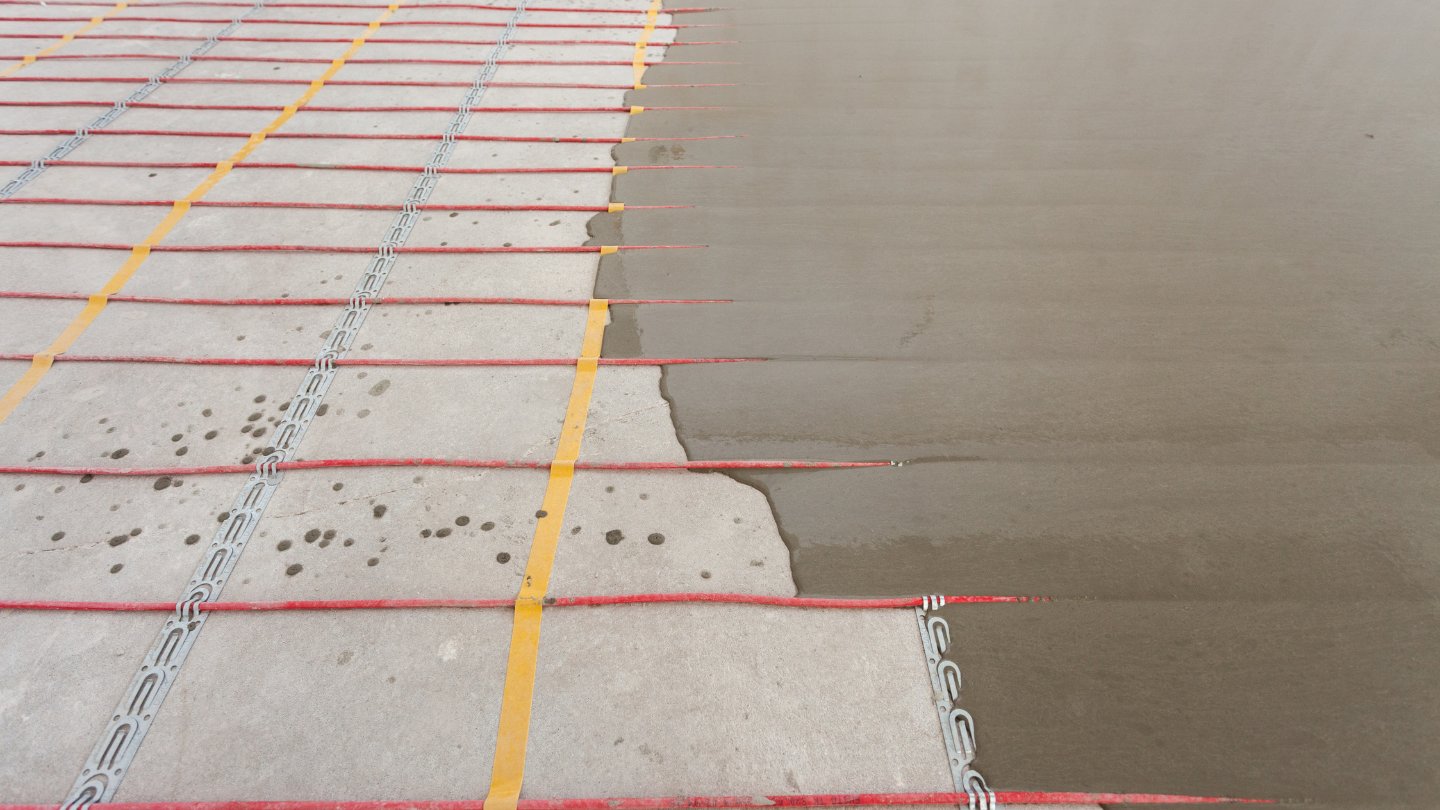

Articles
How To Run Electrical Wire Under Concrete
Modified: January 8, 2024
Discover the best method to run electrical wire under concrete with our comprehensive articles. Get expert tips and step-by-step instructions to ensure a smooth installation process.
(Many of the links in this article redirect to a specific reviewed product. Your purchase of these products through affiliate links helps to generate commission for Storables.com, at no extra cost. Learn more)
Introduction
Running electrical wire under concrete can be a challenging task, but with careful planning and the right tools, it is definitely possible to accomplish. Whether you’re installing outdoor lighting, a new underground electrical line, or extending existing wiring, this article will guide you through the step-by-step process of running electrical wire under concrete.
Before you begin, it’s important to understand that working with electrical wires requires knowledge of electrical systems and safety precautions. If you are not confident in your abilities, it’s always best to consult a professional electrician. Safety should be the top priority when working with electricity.
In this guide, we will cover the necessary steps and techniques involved in running electrical wire under concrete. These steps include assessing the project, gathering the necessary tools and materials, creating trenches, preparing the wire and conduits, running the wire, securing the wire and conduits, testing the electrical connection, and finally, backfilling and finishing the project.
By following these steps, you will be able to successfully route electrical wires under concrete without damaging the concrete or compromising the electrical system’s integrity. So, let’s get started!
Key Takeaways:
- Running electrical wire under concrete requires careful assessment, proper tools, and meticulous planning. Prioritize safety, follow the step-by-step process, and test the electrical connection to ensure a successful and reliable installation.
- Securing the wire and conduits, testing the electrical connection, and finishing with backfilling are crucial steps in running electrical wire under concrete. Take pride in your work and enjoy the benefits of hidden electrical wiring.
Step 1: Assessing the Project
The first step in running electrical wire under concrete is to assess the project. Take some time to evaluate the area where you plan to run the wire and determine the specific requirements for your project. This will help you plan accordingly and gather the necessary tools and materials.
Here are a few things to consider during the assessment:
- Location: Identify the location where you need to run the electrical wire. This could be an outdoor area, a basement, or any other space where concrete needs to be crossed.
- Distance: Measure the distance between the power source and the desired endpoint where you want to install the electrical device or outlet. This will help you determine the length of wire needed.
- Electrical Load: Consider the electrical load of the devices or appliances that will be connected to the wire. This will determine the gauge or size of wire needed to handle the current flow.
- Obstacles: Look for any obstacles or obstructions like pipes, beams, or other utilities that may be present in the pathway of the wire. Take note of these obstacles as they may require additional planning or adjustments in the routing of the wire.
- Permits and Regulations: Check with your local building code regulations or consult with a professional electrician to ensure that you are following the necessary permits and guidelines for running electrical wire under concrete.
By assessing the project thoroughly, you can plan ahead and make informed decisions about the tools, materials, and techniques you will need to successfully run electrical wire under concrete. This will help ensure a smooth and efficient installation process while adhering to safety standards.
Step 2: Gathering the Necessary Tools and Materials
Once you have assessed the project and have a clear understanding of what needs to be done, it’s time to gather the necessary tools and materials for running electrical wire under concrete. Having the right equipment will make the process easier and more efficient.
Here are the essential tools and materials you will need:
- Trenching Tools: A trenching shovel, a pickaxe, or a trenching machine will be necessary to dig the trenches for the electrical wire and conduit. Choose the tool that is most suited for the size and depth of the trenches you need to create.
- Safety Equipment: Safety should always be a top priority when working with electrical wires. Make sure to have safety goggles, work gloves, a dust mask, and hearing protection to protect yourself from any potential hazards.
- Conduit: The conduit is a protective sleeve that houses the electrical wire. PVC conduit is commonly used for running wires under concrete. Make sure to choose the appropriate size and length of conduit for your project.
- Electrical Wire: Select the type and gauge of electrical wire suitable for your project. Consider factors such as the distance, current load, and voltage requirements when choosing the wire.
- Wire Pulling Tools: Wire pulling tools, such as fish tapes or pulling grips, will be needed to guide and pull the electrical wire through the conduit.
- Wire Connectors and Connectors: Have wire connectors and connectors on hand to make the necessary connections between wire segments or to electrical devices.
- Concrete Saw or Drill: In some cases, you may need a concrete saw or drill to create openings in the concrete for the conduit or wire to pass through. Make sure to have the appropriate cutting or drilling tools for your specific project requirements.
By gathering these essential tools and materials, you will be well-prepared for the installation process. Having everything you need at hand will save you time and ensure a smoother workflow. Make sure to also have any additional tools or materials that may be specific to your project requirements.
Step 3: Creating Trenches for the Electrical Wire
With the necessary tools and materials gathered, it’s time to start creating trenches for the electrical wire. Trenches will provide a pathway for the wire and conduit to be installed under the concrete surface.
Follow these steps to create the trenches:
- Mark the Trench Path: Use chalk or marking paint to outline the path where the trenches will be dug. This will serve as a guide for digging and ensure accurate placement of the wire and conduit.
- Dig the Trenches: Use a trenching shovel, pickaxe, or trenching machine to dig the trenches along the marked path. The depth of the trenches will depend on the size of the conduit and wire you are using, as well as any local building code requirements. Typically, a depth of 18-24 inches is sufficient for most residential projects.
- Smooth the Bottom of the Trenches: Use the back of the shovel or a hand tamper to smooth the bottom of the trenches. This will ensure a level surface for laying the conduit and wire.
- Check the Trench Width: Measure the width of the trenches to ensure they are wide enough to accommodate the conduit. The trench width should be slightly wider than the diameter of the conduit to allow for easy installation and adjustments if needed.
- Remove any Obstacles: If you encounter any obstacles such as rocks or roots while digging the trenches, remove them to ensure a clear pathway for the wire and conduit.
Remember to take necessary safety precautions while digging the trenches, such as wearing protective gloves and eyewear. It’s also important to double-check the dimensions and alignment of the trenches as you proceed to ensure accuracy.
Once the trenches are created, you’re ready to move on to the next step of preparing the wire and conduit for installation.
Step 4: Preparing the Wire and Conduits
After creating the trenches, it’s time to prepare the wire and conduits for installation. Proper preparation will ensure a smooth and secure connection of the electrical wire.
Follow these steps to prepare the wire and conduits:
- Measure and Cut the Conduits: Measure the length of the conduits needed to span the distance between the starting and endpoint of the wire. Use a PVC pipe cutter or hacksaw to cut the conduits to the appropriate length.
- Smooth the Cut Ends: Use a deburring tool or sandpaper to smooth the cut ends of the conduits. This will prevent any rough edges or burrs that may damage the wire during installation.
- Attach Conduit Connectors: Attach conduit connectors at each end of the conduits using PVC cement or compression fittings. These connectors will facilitate the connection of the conduits to electrical boxes or devices.
- Prepare the Electrical Wire: Measure and cut the electrical wire to the appropriate length, leaving a few extra inches at each end to allow for connections. Strip the insulation from the ends of the wire using wire strippers. Be careful not to nick or damage the wire strands.
- Pull Wire through Conduit: Attach a wire pulling tool, such as a fish tape or pulling grip, to one end of the wire. Insert the tool into the conduit and carefully pull the wire through, guiding it along the pathway of the trenches. Use lubricant, if necessary, to reduce friction and make pulling easier.
- Secure the Wire: Fasten the wire to the bottom of the conduit at regular intervals using plastic cable ties. This will prevent the wire from shifting or moving within the conduit.
It’s important to properly size the conduits to allow enough space for the wire to fit comfortably. The wire should not be tightly packed inside the conduit, as this can cause overheating and may violate electrical code regulations.
Once the conduits and wire are prepared, you can move on to the next step of actually running the electrical wire under the concrete.
When running electrical wire under concrete, use a PVC conduit to protect the wire from damage and make it easier to replace in the future. Be sure to bury the conduit at the proper depth to meet local building codes.
Read more: How To Run Electrical Wire On Concrete Wall
Step 5: Running the Electrical Wire
With the conduits and wire prepared, it’s time to actually run the electrical wire under the concrete. This step requires careful attention to detail and proper installation techniques to ensure a secure and safe electrical connection.
Follow these steps to run the electrical wire:
- Position the Conduits: Place the prepared conduits in the trenches, ensuring they are aligned with the desired pathway. Make any necessary adjustments to the position and alignment of the conduits before moving forward.
- Thread the Wire: Begin by threading one end of the wire through the conduit, starting at the electrical panel or power source. Use the wire pulling tool, such as a fish tape or pulling grip, to guide the wire through the conduit. Be careful not to kink or damage the wire during this process.
- Carefully Pull the Wire: Gradually and carefully pull the wire through the conduit while simultaneously pushing the conduit into the trench. Ensure that the wire moves smoothly and freely through the conduit without any obstructions or resistance.
- Monitor the Wire Placement: As you pull the wire through the conduit, monitor its placement within the conduit to ensure it remains centered and properly aligned. Make any necessary adjustments along the way to ensure the wire is properly positioned within the conduit.
- Repeat the Process: If you have more than one conduit, repeat the previous steps for each conduit until all the wire is successfully pulled through the entire pathway.
During the wire pulling process, it’s important to maintain proper tension to avoid damaging the wire or the conduit. Take your time and be gentle to ensure a smooth and successful wire installation.
Once the wire is successfully pulled through the conduits and positioned within the trench, you can move on to securing the wire and conduits to complete the installation process.
Step 6: Securing the Wire and Conduits
After running the electrical wire under the concrete, the next step is to secure the wire and conduits in place to ensure they remain stable and protected.
Follow these steps to properly secure the wire and conduits:
- Anchor the Conduits: Use conduit straps or clips to anchor the conduits to the bottom of the trench at regular intervals. This will prevent the conduits from moving or shifting.
- Bury the Conduits: Carefully backfill the trench with soil, gravel, or sand, ensuring that the conduits remain in their proper position. Fill the trench slowly and compact the backfill material gently to provide stability and support for the conduits.
- Protect the Wire: Use electrical tape or cable protectors to provide additional protection for the exposed sections of the wire where it exits the conduits or makes connections. This will help prevent damage to the wire and ensure its longevity.
- Inspect for Proper Alignment: Take a final look at the entire setup to ensure that the conduits are straight, aligned, and at the proper depth within the trench. If necessary, make any adjustments or corrections.
- Label the Conduits: Use durable, waterproof labels or markers to mark the conduits at intervals, indicating the location and purpose of each conduit. This will make it easier to identify and trace the wires in the future if maintenance or repairs are required.
Securing the wire and conduits is crucial for protecting them from potential damage, such as accidental digging or shifting of the concrete. By following these steps, you can ensure that the installation remains safe, secure, and long-lasting.
With the wire and conduits secured, the next step is to test the electrical connection to ensure everything is working properly.
Step 7: Testing the Electrical Connection
After securing the wire and conduits, it’s important to test the electrical connection to ensure everything is functioning as expected. This step will help identify any potential issues or faults in the wiring before completing the project.
Follow these steps to properly test the electrical connection:
- Turn off the Power: Before testing the electrical connection, make sure to turn off the power at the electrical panel or circuit breaker, ensuring that there is no live electricity flowing through the system.
- Check for Continuity: Use a digital multimeter set to the continuity or resistance mode to check the continuity of the electrical circuit. Test for continuity between the endpoints of the wire and ensure that there is a closed circuit signal.
- Inspect the Wire Connections: Carefully examine the wire connections and ensure that they are tight, secure, and properly insulated. Check for any loose or exposed wires and fix them as necessary.
- Restore Power and Test Devices: Once you are confident in the integrity of the electrical connection, restore the power at the panel or circuit breaker. Test the electrical devices or outlets connected to the wire to ensure they are receiving power and functioning properly.
- Use a Circuit Tester: If you are unsure about the electrical connection, consider using a circuit tester to determine if the wire is properly grounded and if the connections are correctly wired.
Testing the electrical connection is essential for ensuring the safety and functionality of the installed wiring. It helps identify any potential issues, such as faulty connections or electrical short circuits, that need to be addressed before completing the project.
If you encounter any problems or abnormalities during the testing process, it’s best to consult a professional electrician for further assistance.
Once you have successfully conducted the necessary tests and are confident in the electrical connection, you can move on to the final step of backfilling and finishing the project.
Step 8: Backfilling and Finishing the Project
After testing the electrical connection and ensuring everything is in proper working order, the final step is to backfill the trench and complete the finishing touches of the project. This step will restore the area to its original condition and provide a clean and polished appearance.
Follow these steps to backfill and finish the project:
- Clean the Work Area: Before backfilling, remove any excess dirt, debris, or rocks from the trench and the surrounding area. This will ensure a clean and tidy final result.
- Backfill the Trench: Gradually and carefully backfill the trench with the remaining soil, gravel, or sand. You can use a shovel or rake to distribute the backfill material evenly and compact it gently as you go. Make sure to leave a slight mound or elevation above the trench to account for future settling.
- Replant or Restore Landscaping: If you had to remove any plants, grass, or landscaping features during the installation, take the time to replant or restore them to their original positions. This will help restore the visual appeal of the area.
- Clean Up: Dispose of any leftover materials, packaging, or debris properly. Gather your tools and store them in a safe and organized manner.
- Inspect the Area: Take a final walk-through of the project area to ensure that everything is neat, tidy, and back to its original condition. Double-check that the wire and conduits are fully buried and properly protected.
By following these steps, you will complete the backfilling process and give the project a polished and professional appearance. Take pride in your work, knowing that you have successfully run electrical wire under concrete.
Remember to keep any documentation or records of the project, such as diagrams, photos, or permits, for future reference or potential maintenance needs.
With the project complete, you can enjoy the benefits of your newly installed electrical wire concealed beneath the concrete surface.
Read more: How To Run Electrical Wire In A House
Conclusion
Running electrical wire under concrete may initially seem like a daunting task, but with the right knowledge, tools, and careful planning, it is an achievable project. By following the step-by-step guide outlined in this article, you can successfully route electrical wires under concrete while ensuring a secure and reliable electrical connection.
Throughout the process, it’s important to prioritize safety and adhere to local building code regulations. If you are unsure about any aspect of the project or do not have experience working with electrical systems, it is recommended to consult a professional electrician for assistance.
Assessing the project, gathering the necessary tools and materials, creating trenches, preparing the wire and conduits, running the wire, securing the wire and conduits, testing the electrical connection, and backfilling and finishing the project are the key steps involved in running electrical wire under concrete.
By carefully following these steps, you can achieve a successful installation that will provide a reliable and hidden electrical pathway under the concrete surface. Remember to test the electrical connection before completing the project to ensure everything is working properly and to address any issues that may arise.
Finishing the project with the backfilling process and restoring the area to its original condition will give a clean and polished appearance, leaving no trace of the installation work. It’s important to take pride in your workmanship and maintain proper documentation of the project for future reference.
With the project complete, you can enjoy the benefits of hidden electrical wiring, whether it’s providing power to outdoor lighting, extending existing electrical systems, or any other application that requires wires to be concealed under concrete.
Remember, if you are ever uncertain or uncomfortable with any aspect of the project, it’s always best to seek professional assistance. Safety should always be the top priority when working with electricity.
We hope that this article has provided you with a comprehensive and informative guide to running electrical wire under concrete. Good luck with your project!
Frequently Asked Questions about How To Run Electrical Wire Under Concrete
Was this page helpful?
At Storables.com, we guarantee accurate and reliable information. Our content, validated by Expert Board Contributors, is crafted following stringent Editorial Policies. We're committed to providing you with well-researched, expert-backed insights for all your informational needs.
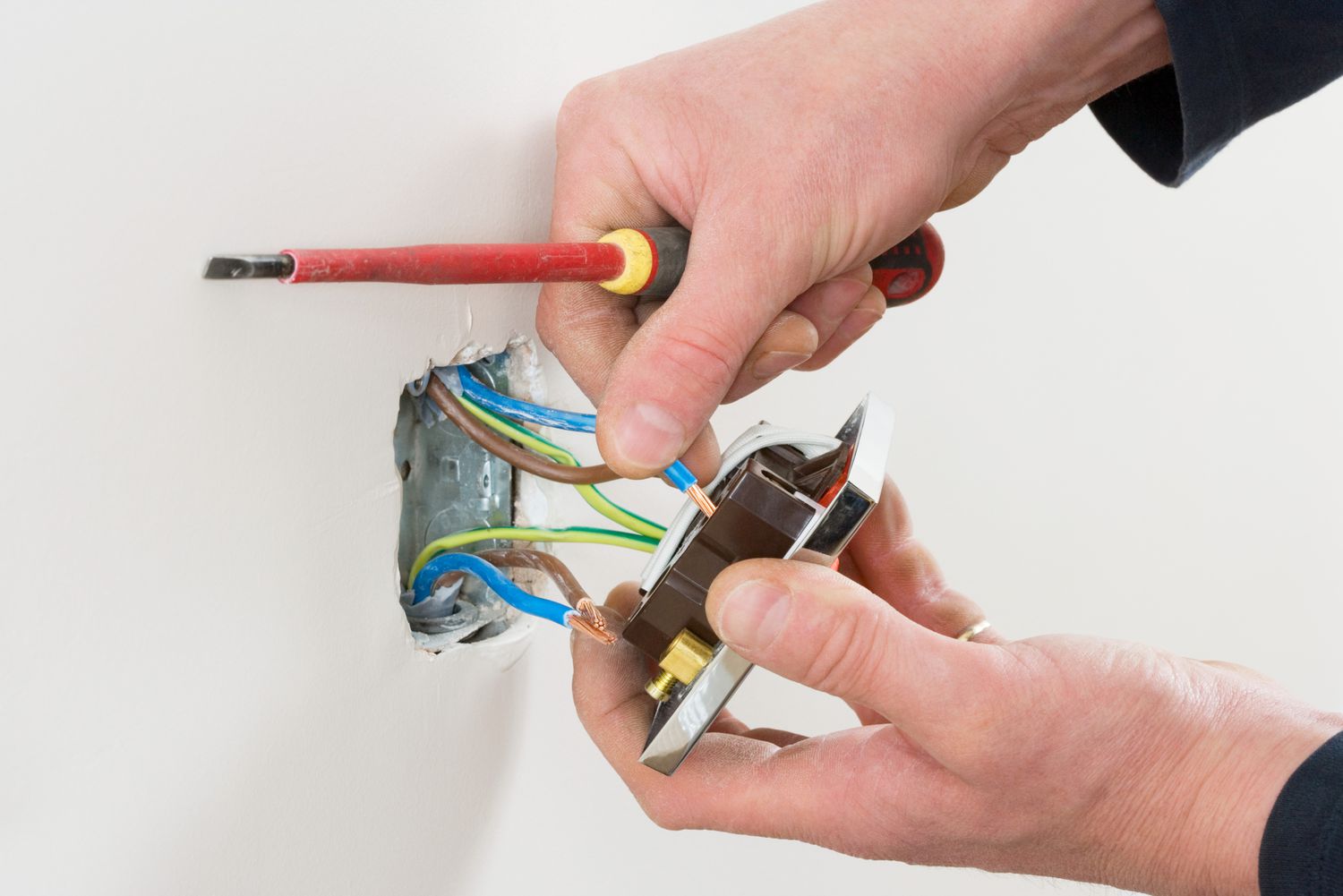
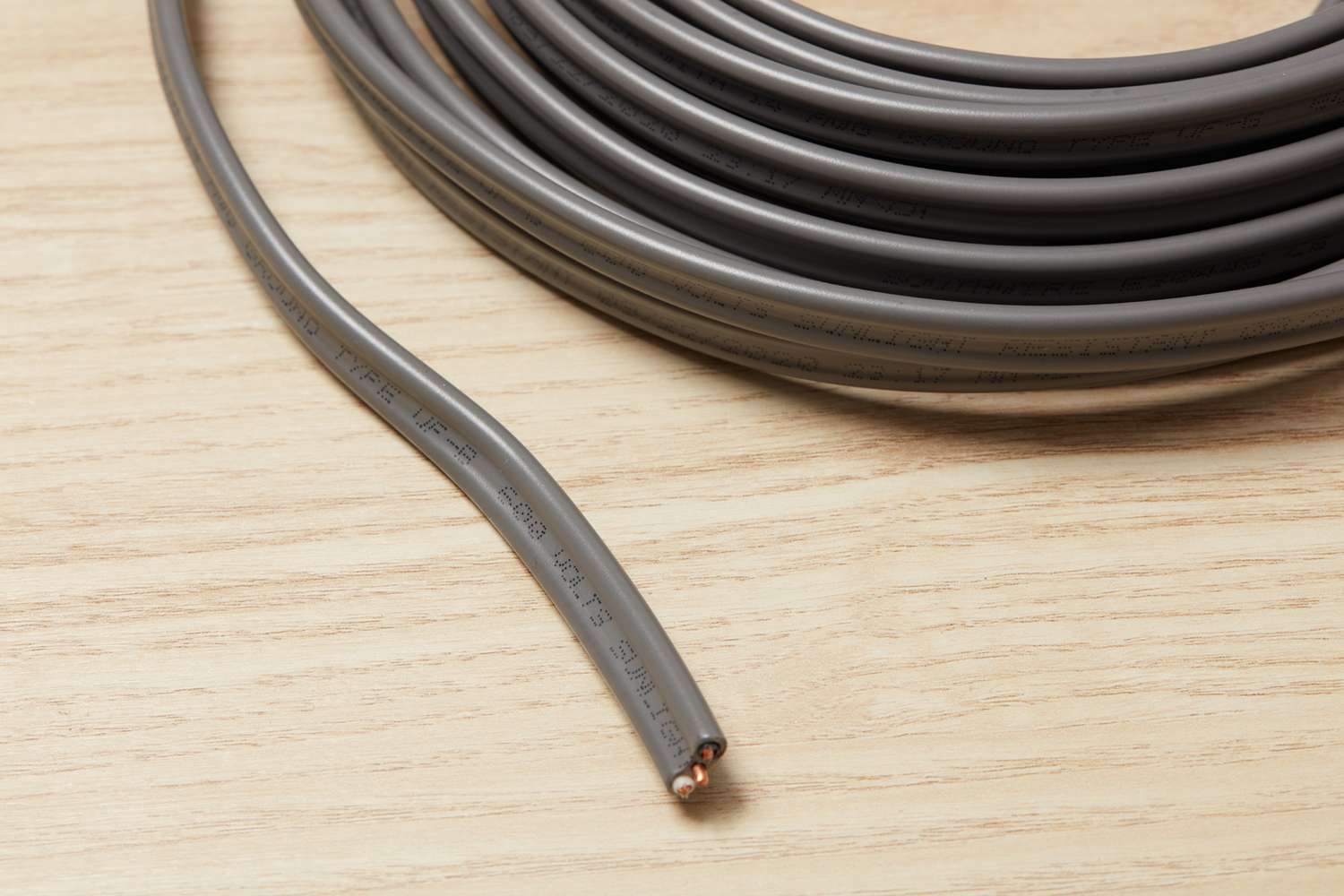
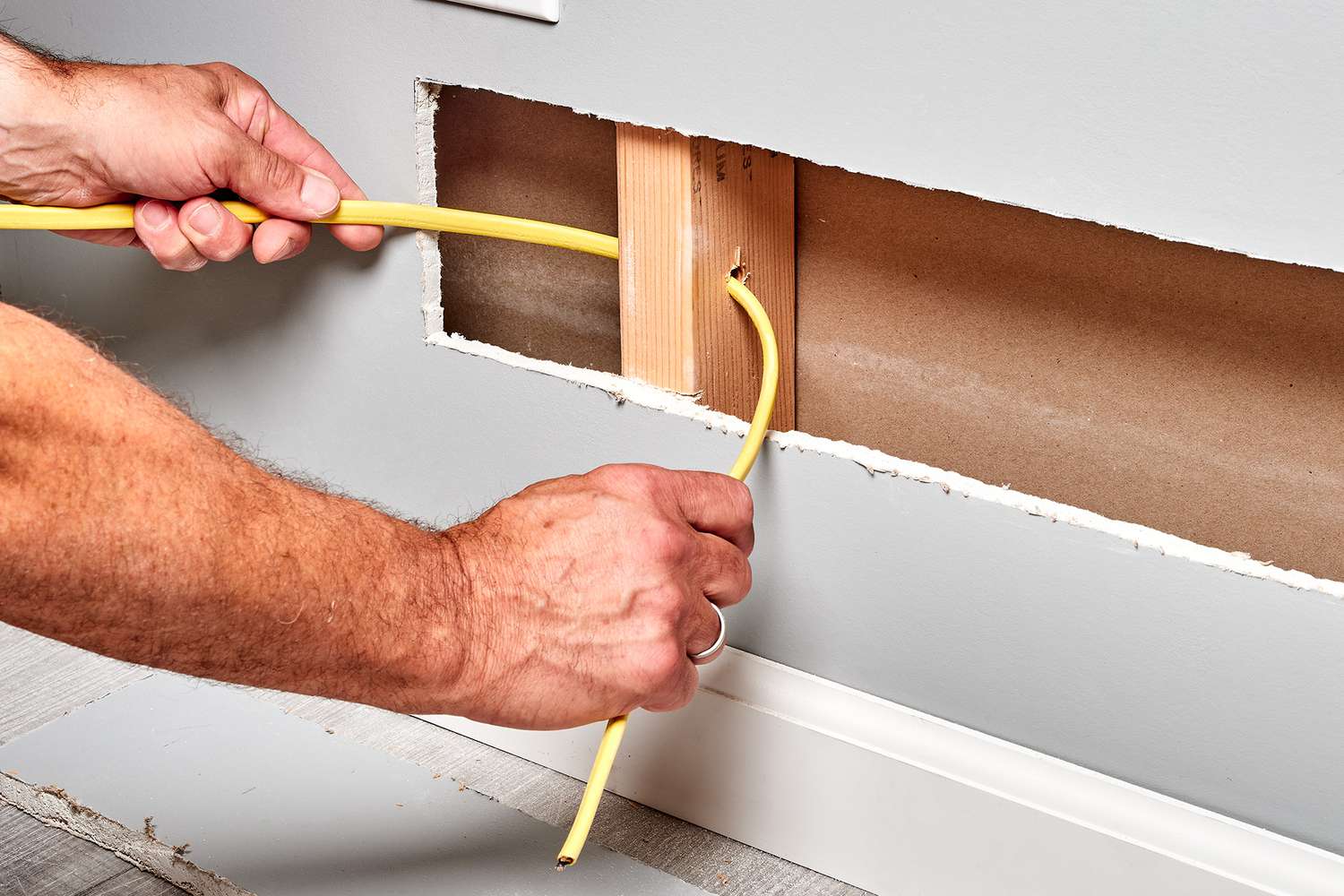
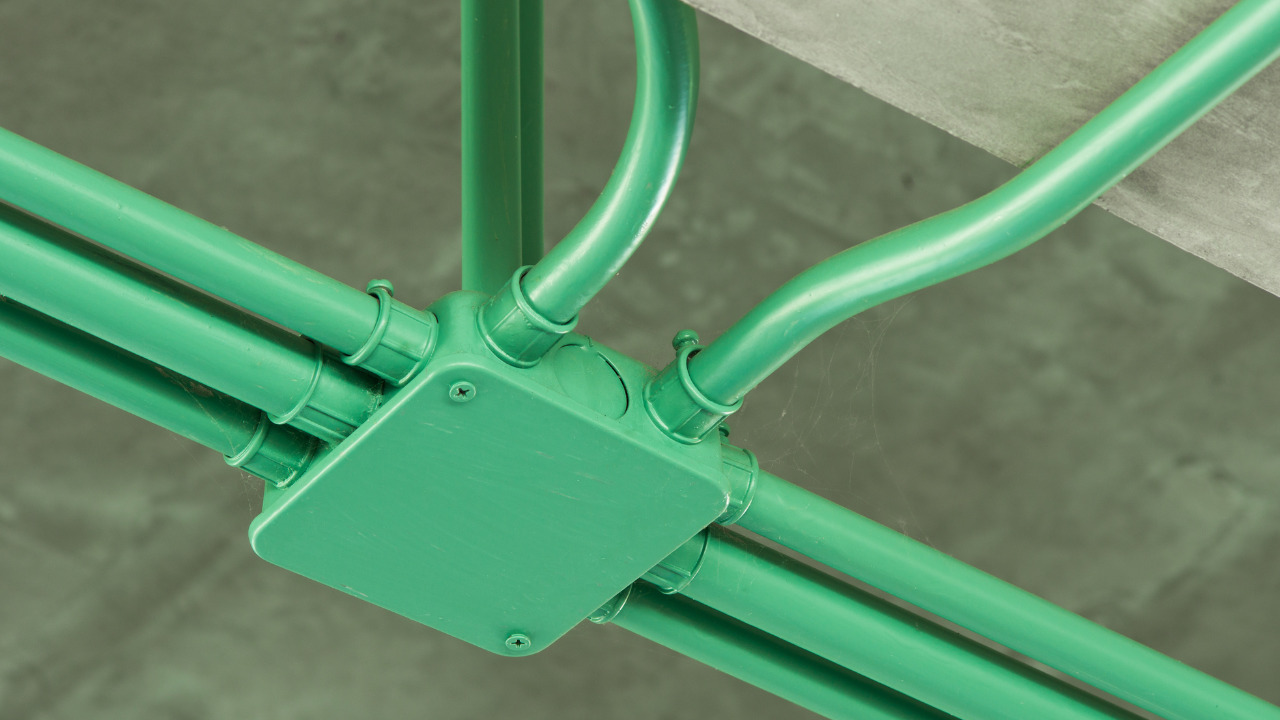
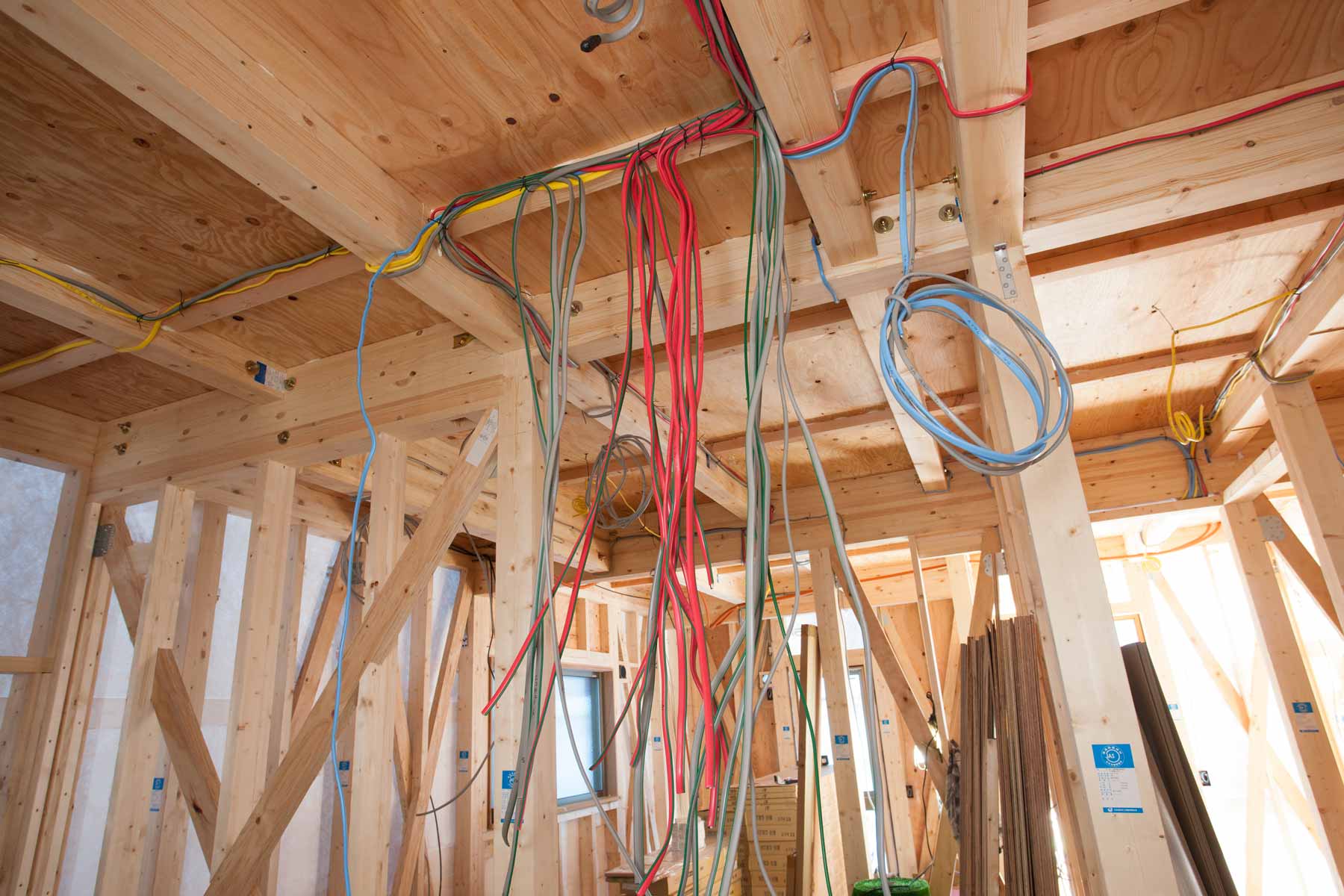
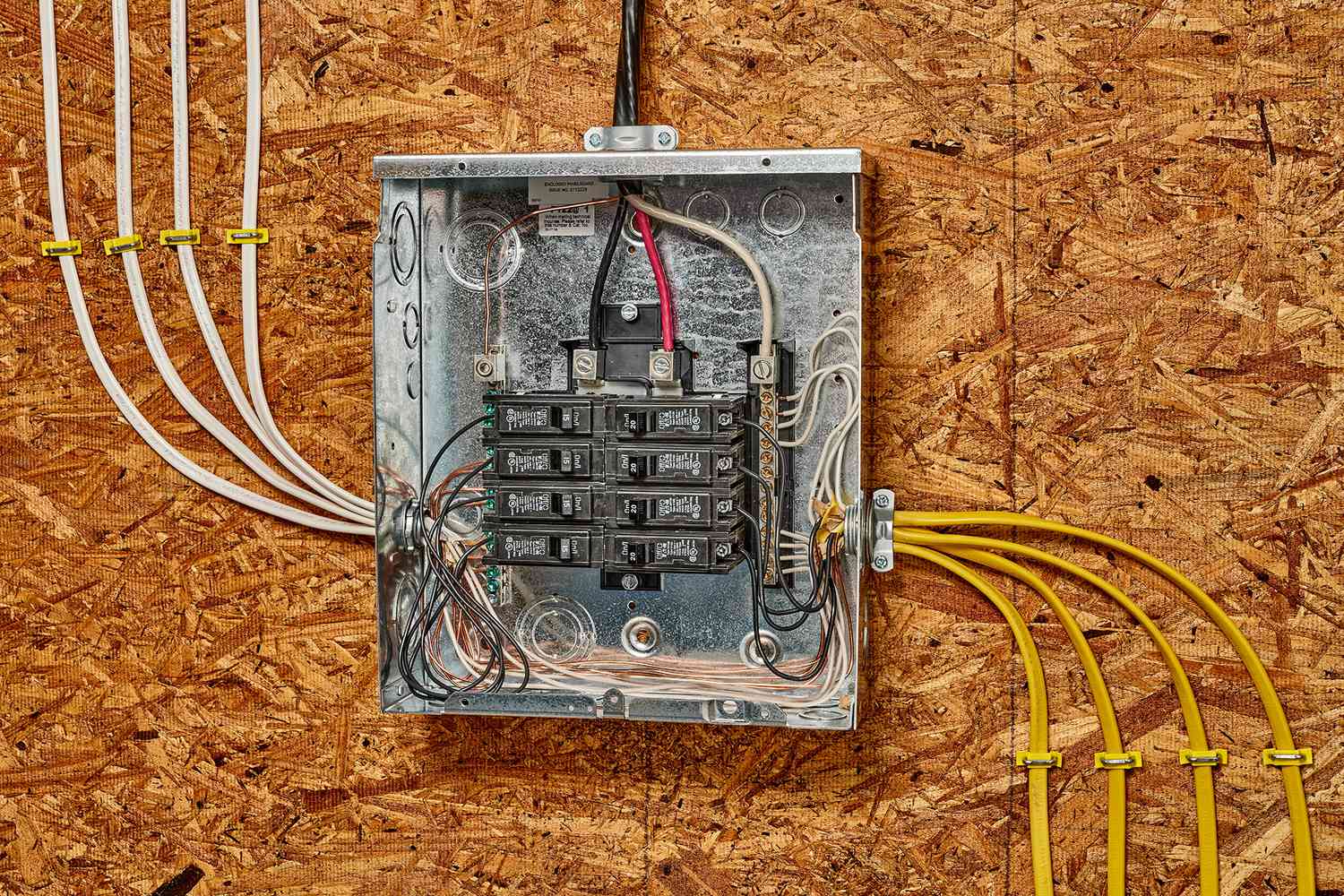
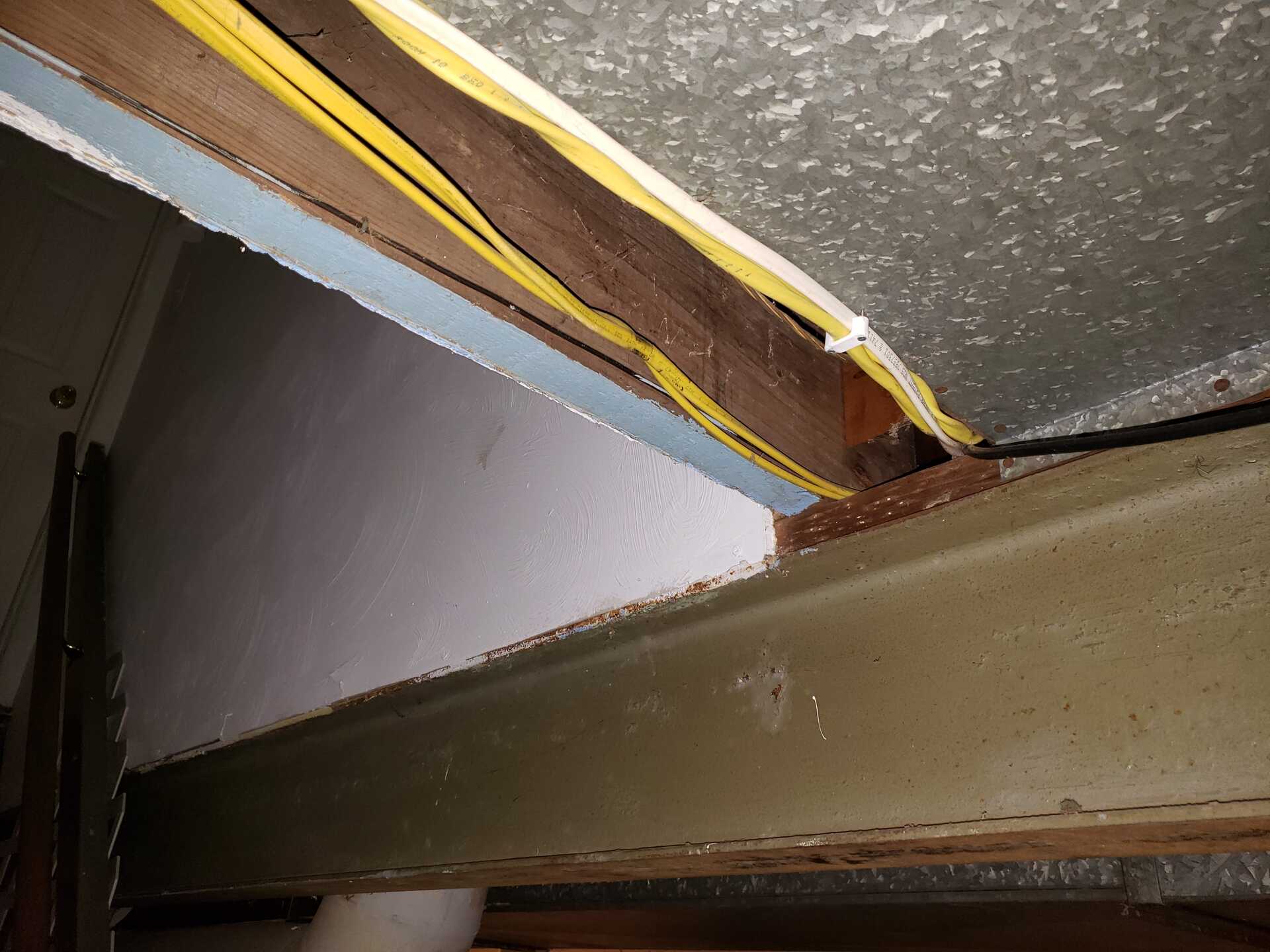
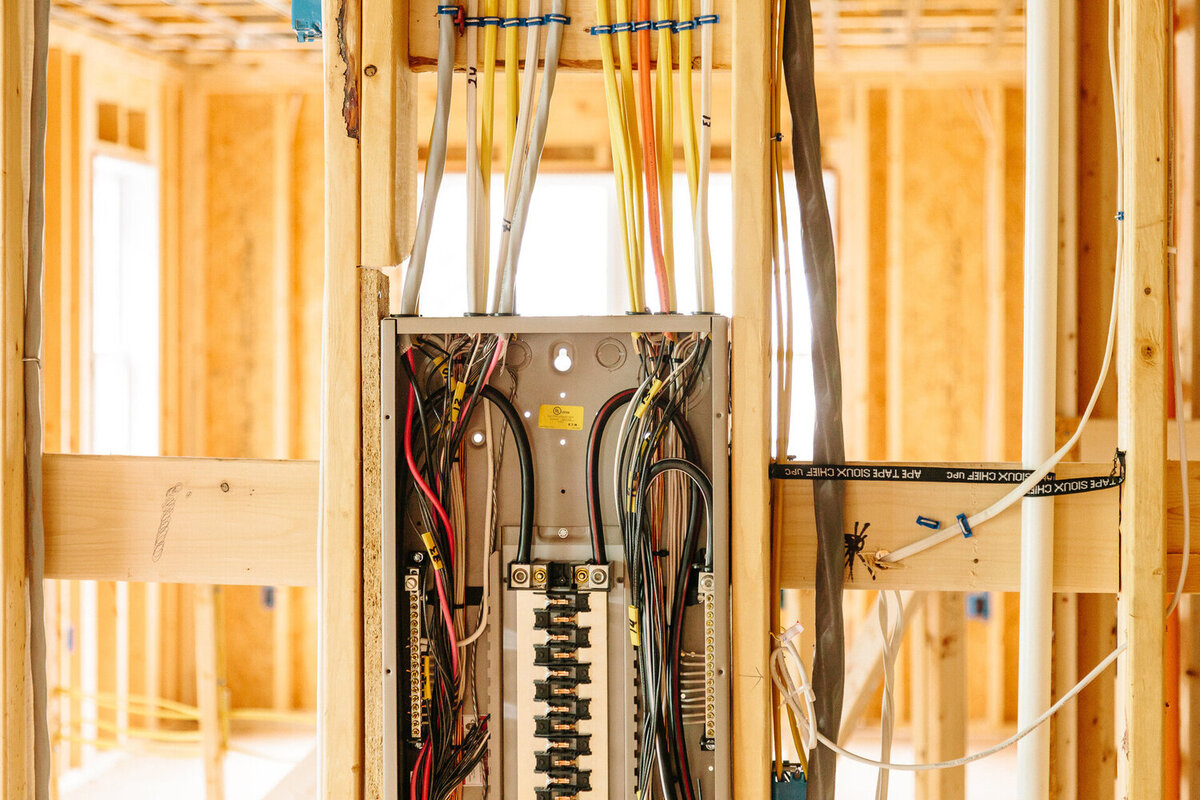
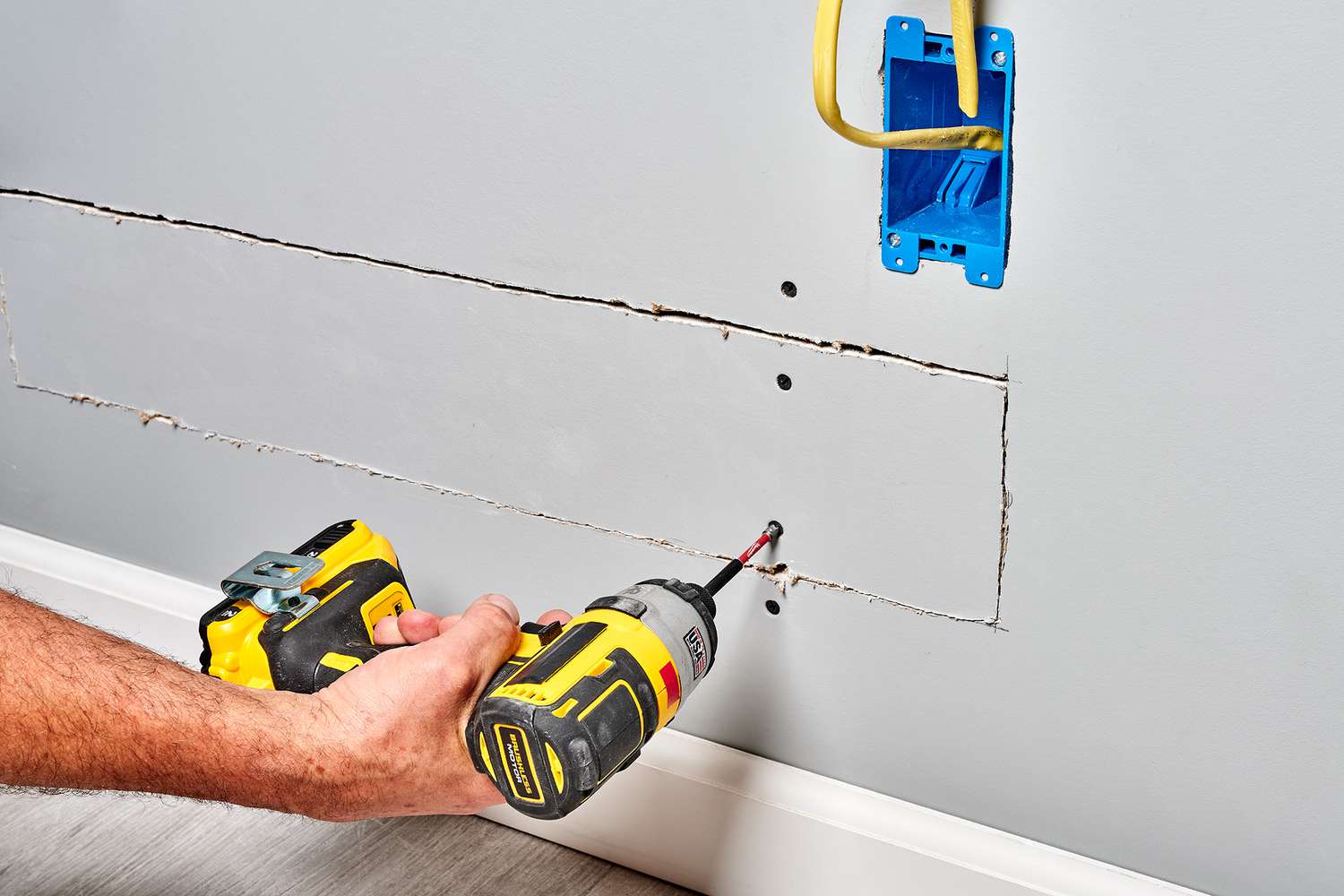
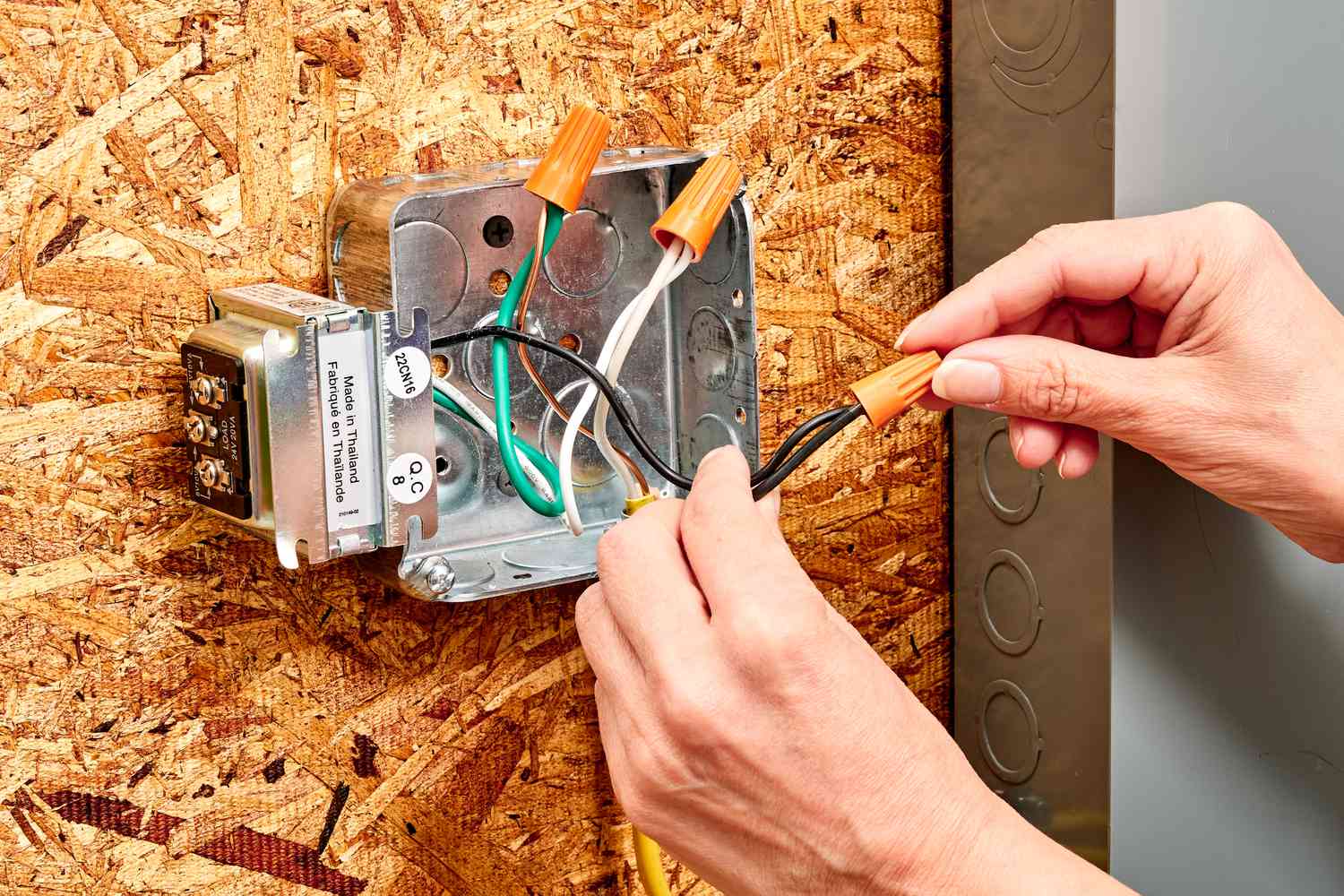
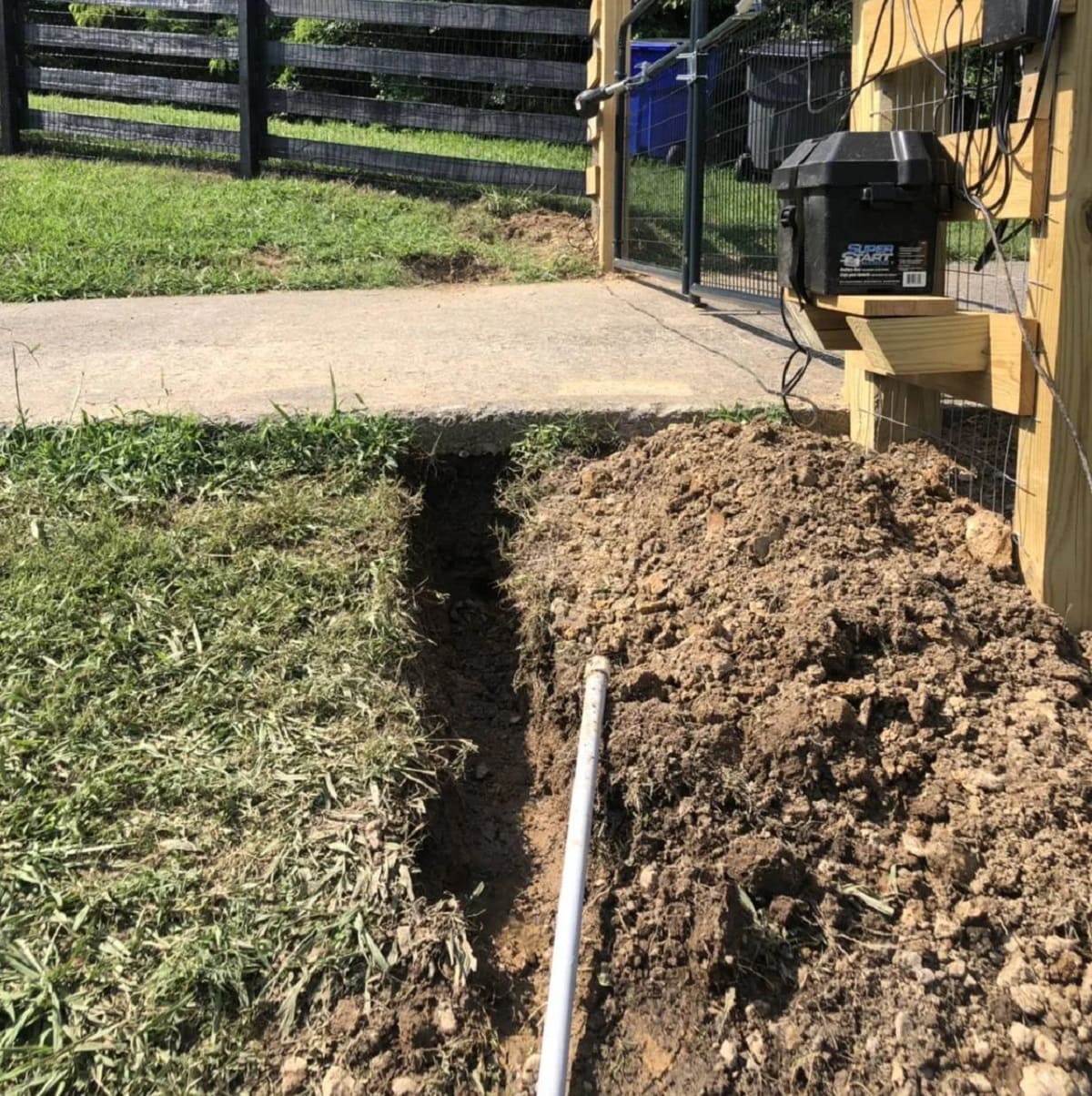
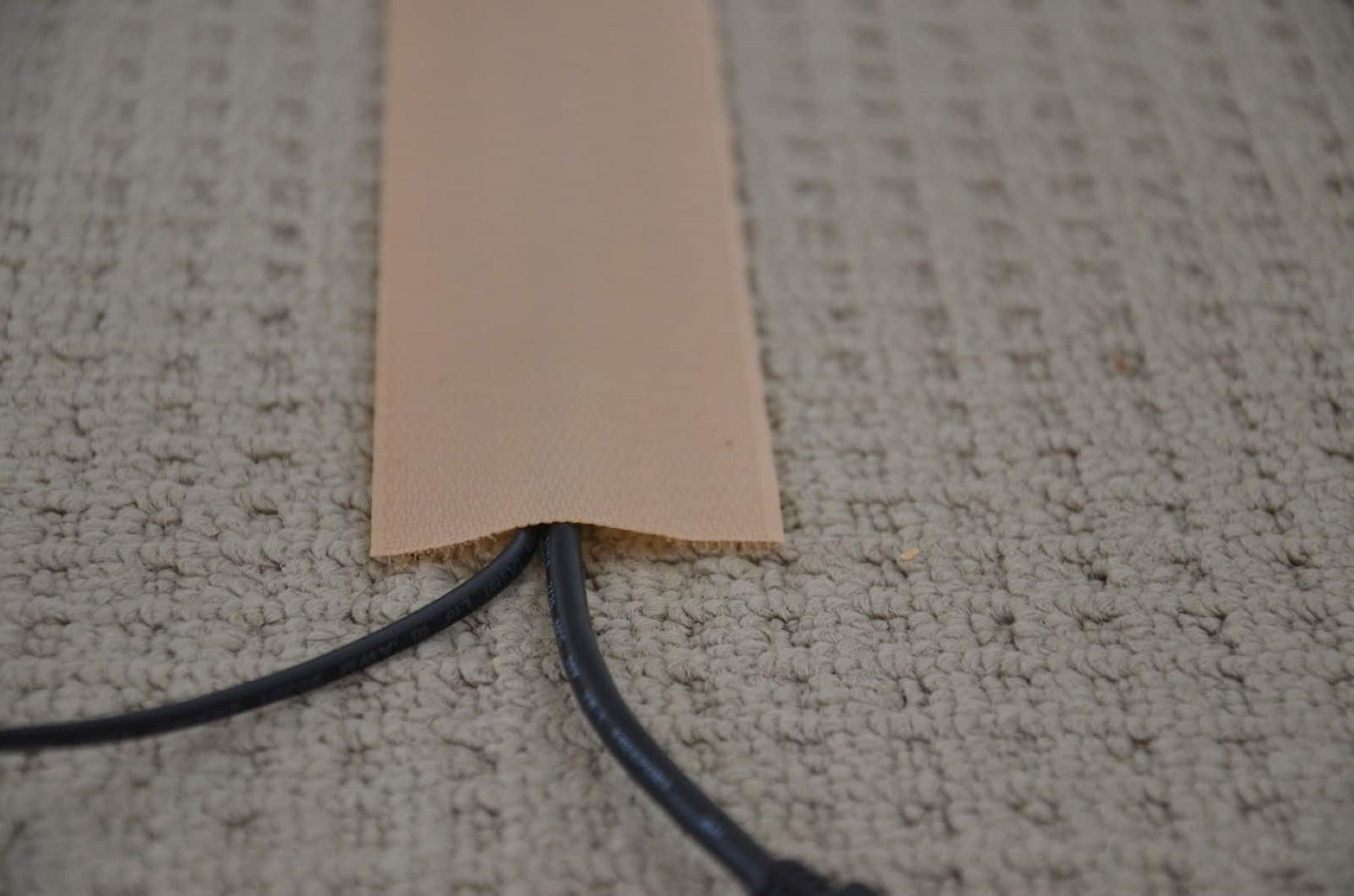
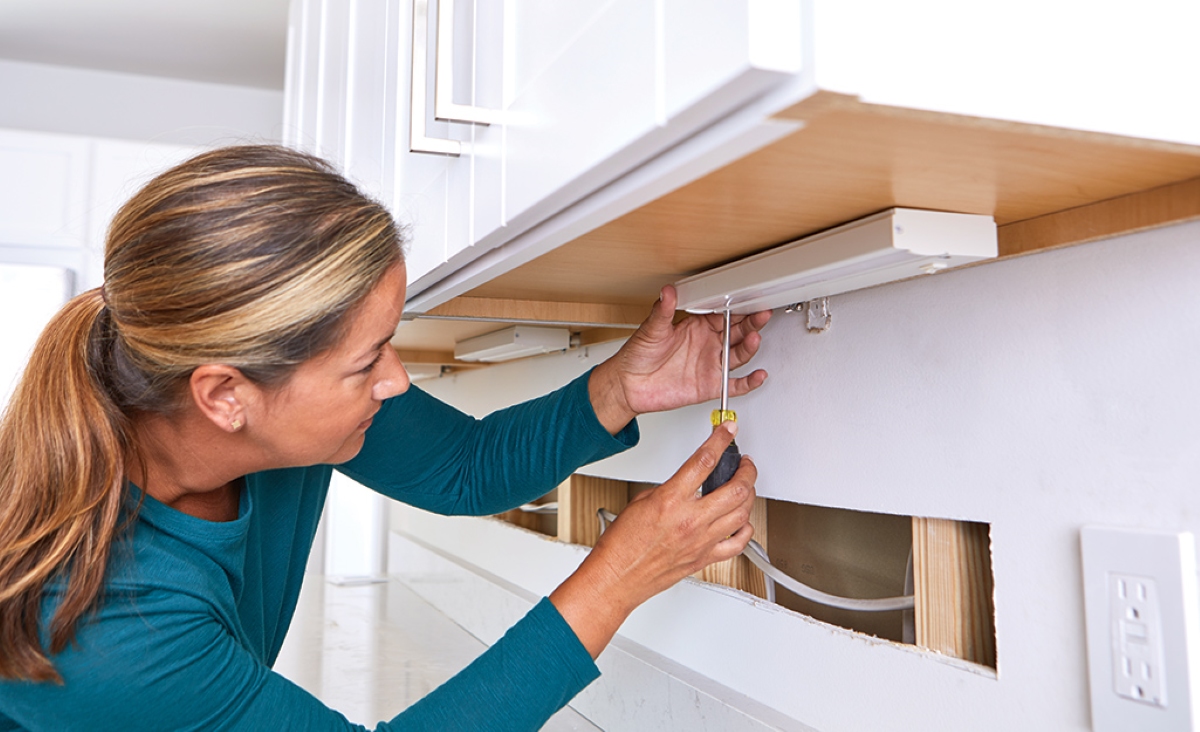

0 thoughts on “How To Run Electrical Wire Under Concrete”